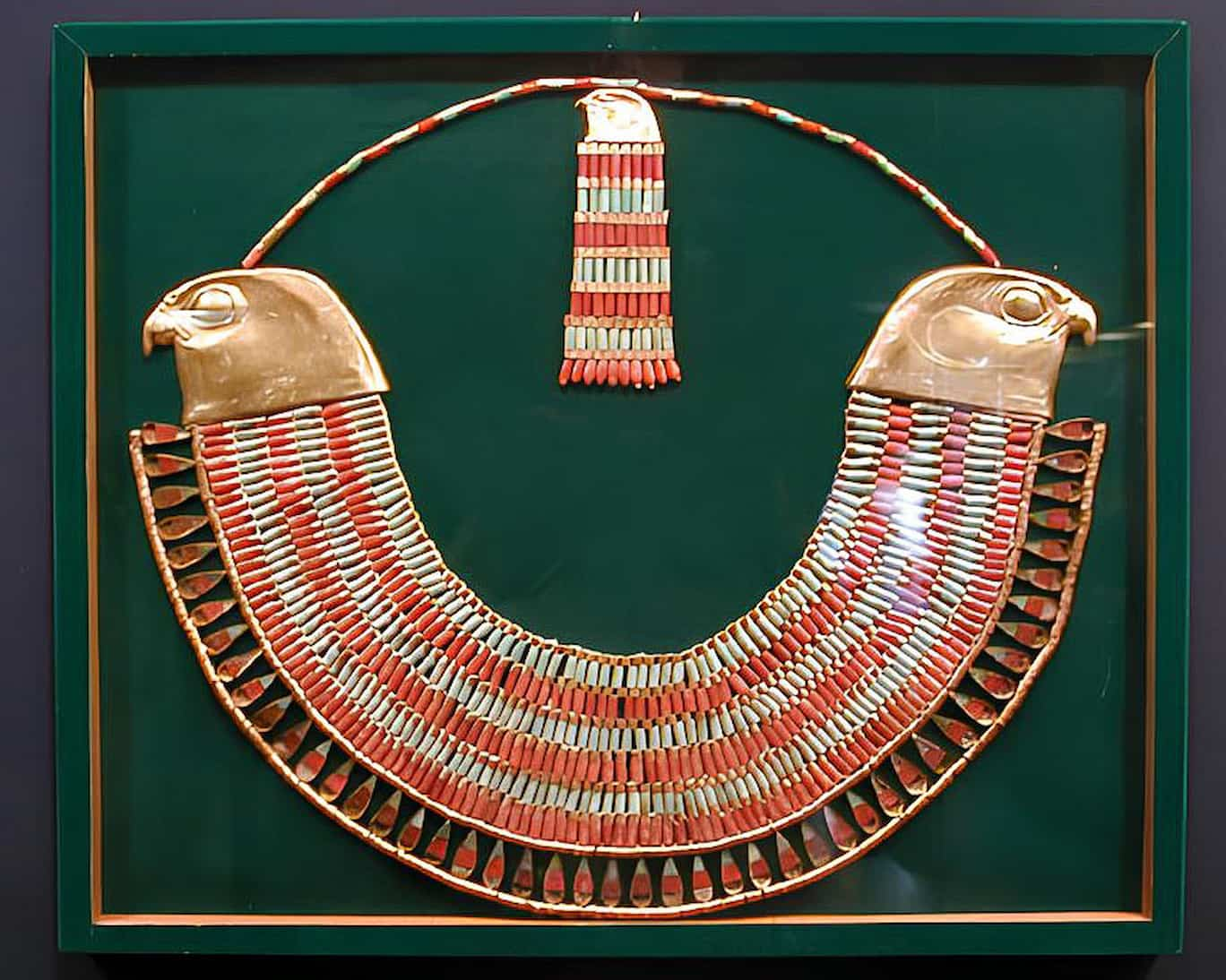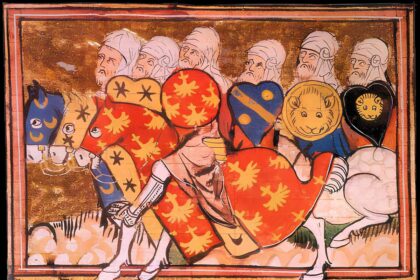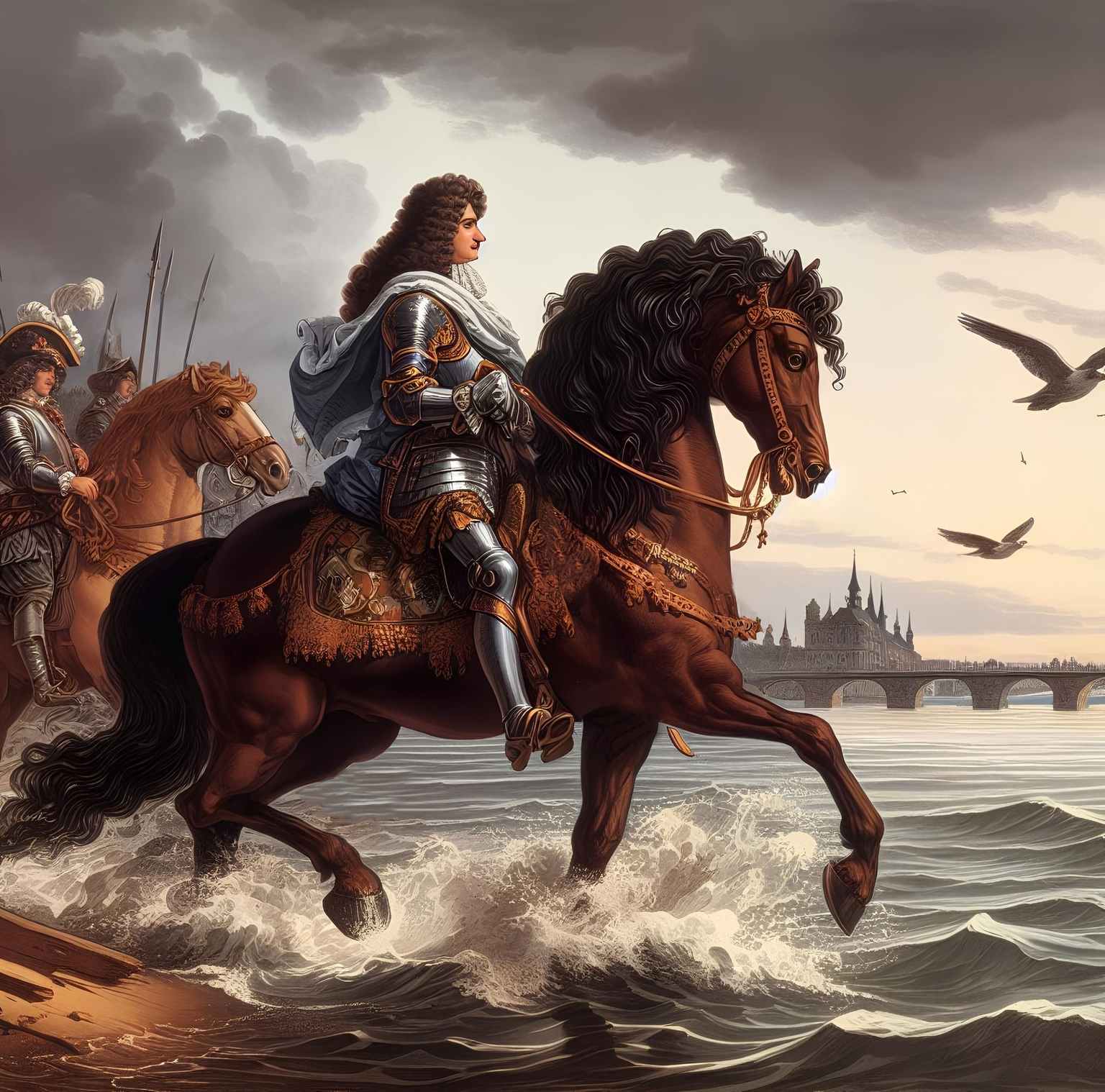Battle of Chaeronea (338 BC): Alexander the Great’s Prelude to Conquest
The Battle of Chaeronea was a significant military engagement that took place in 338 BC between the Macedonian forces led by Philip II and his son Alexander, and an alliance of Greek city-states, mainly Thebes and Athens.






